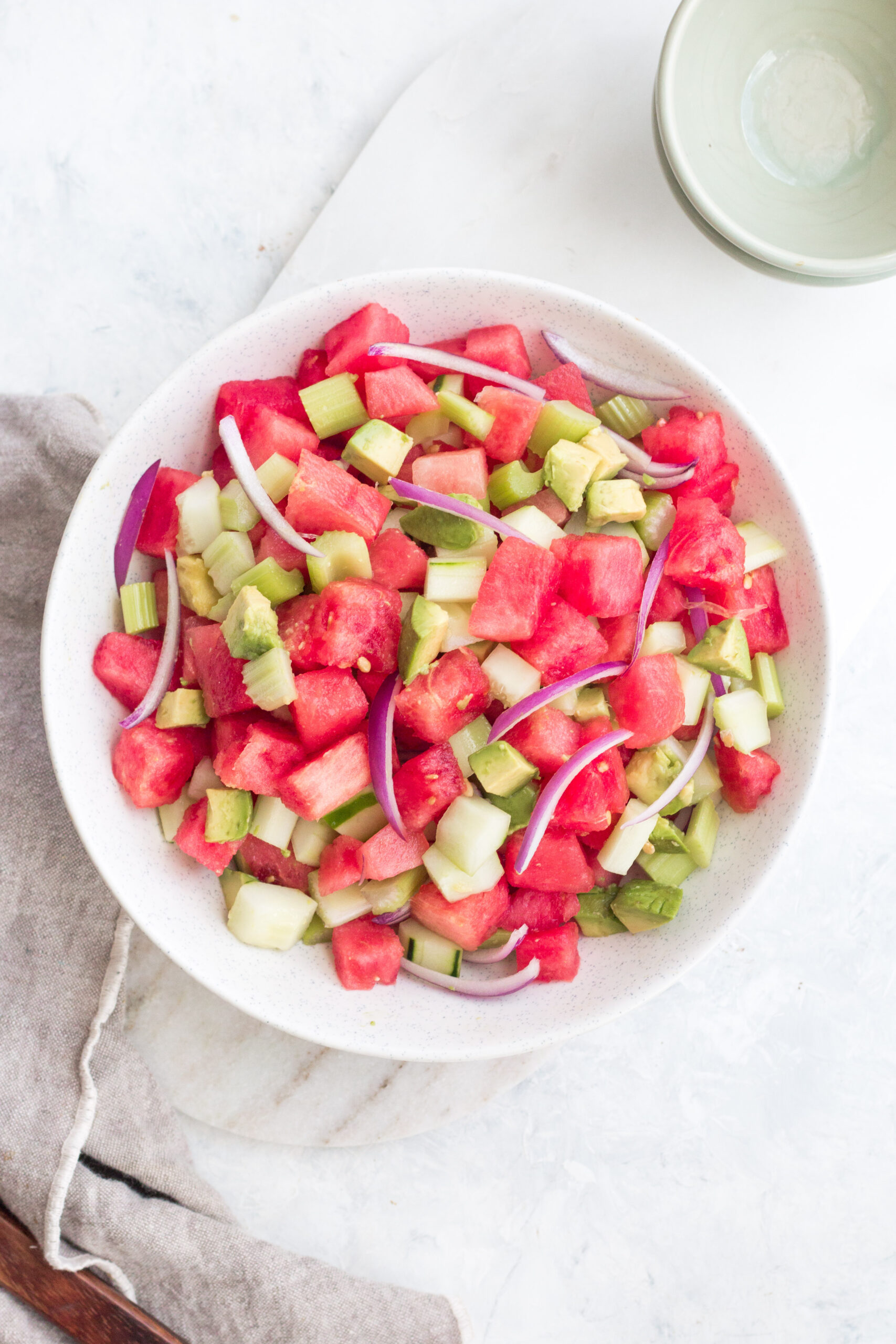
Ever wondered why some healthy-looking foods might not be ideal for weight loss?
Carbohydrate density holds the answer.
What is Carbohydrate Density?
Carbohydrate density refers to the percentage of a food’s weight that comes from carbohydrates, minus the fiber content. Fiber slows down digestion and sugar absorption, making it crucial for healthy blood sugar levels.
- High Carb Density: Foods with low fiber and high carb content cause a rapid rise in blood sugar. This triggers the pancreas to release insulin, a hormone that helps cells absorb glucose. However, with a constant influx of sugar, the body can become resistant to insulin, leading to problems like:
- Weight gain: Insulin promotes fat storage.
- Inflammation: Chronic high blood sugar can trigger inflammation throughout the body.
- Increased risk of chronic diseases: Type 2 diabetes, heart disease, and some cancers are linked to chronic inflammation and insulin resistance.
Beyond Weight Loss:
While carb density is a valuable tool for weight management, it offers other benefits:
- Improved Gut Health: Fiber, abundant in low-carb-density foods, feeds good gut bacteria, promoting digestion and overall gut health.
- Enhanced Satiety: Low-carb-density foods are often more filling, helping you feel satisfied for longer and reducing cravings.
- Stable Blood Sugar: Minimizing blood sugar spikes prevents energy crashes and mood swings.
Calculating Carbohydrate Density:
It’s simple! Subtract the grams of fiber from the total carbs in a serving, then divide by the total weight of the serving. Let’s compare two pastas:
Chickpea based pasta, a 2-ounce serving has a total weight of 57 grams, with 32
grams of carbohydrates and 8 grams of fiber. To calculate the net carbs, you subtract
8 (grams of fiber) from 32 (carbs), giving you 24. The divide the net carbs (24) by
the total weight (57), giving you .42- or a carb density is 42%. That is very high, as
we want to aim for a carb density below 30%. This type of high carb food turns to
sugar in your body, and ultimately fat.
Barilla pasta, a 2-ounce serving has a total weight of 56 grams, with 42 grams of
carbohydrates and 3 grams of fiber. Following the same process, we subtract the
fiber from the carbs for net carbs of 39, then divide by the total weight to get .69 –
which means that one serving of Barilla pasta has a 69% carbohydrate density.
In fact, the food in nature will not typically have carbohydrate density over 30%. Share on X
Let’s look at a sampling of foods with carbohydrate density ≤ 23% (from lowest to about 23% excluding fiber):
• Chicken, roasted thigh and skin = 0.0%
• Beef = 0.0%
• Lamb = 0.0%
• Pork = 0.0%
• Mackerel = 0.0%
• Eggs, whole poached = 0.7%
• Spinach, raw = 1.4%
• Cauliflower, boiled without salt = 1.8%
• Swiss chard, raw = 2.1%
• Cheese, gouda = 2.2%
• Turnips, raw = 4.6%
• Kale, raw = 5.2%
• Macadamia nuts = 5.2%
• Carrot, raw = 6.8%
• Beets, raw = 6.9%
• Onion, raw = 7.6%
• Honeydew melon, raw = 8.3%
• Orange, raw = 9.1%
• Apple, raw with skin = 11.4%
• Kiwi fruit, raw = 11.7%
• Lentils, boiled = 12.2%
• Leek, raw = 12.4%
• Parsnip, raw = 13.1%
• Black beans, boiled = 15.0%
• Ginger root, raw = 15.8%
• Pistachios, raw = 17.2%
• Buckwheat groats, roasted, cooked = 17.2%
• Sweet potato, baked in skin = 17.4%
• Quinoa, cooked = 18.5%
• White potato, baked in skin = 19.0%
• Brown rice, medium grain cooked = 19.5%
• Wild rice, cooked = 19.5%
• Banana, raw = 20.2%
(Adapted from Dr. Danenberg)
Packaged foods are usually stripped of their natural fiber content, and have higher carb density than foods found in nature. Share on X
Making Smarter Choices:
Don’t be fooled by labels! Even seemingly healthy options like chickpea pasta can be surprisingly carb-dense. By understanding carb density, you can make informed choices that support your weight management goals.
Empowering Yourself for Long-Term Health:
Knowledge is power. By paying attention to carb density, you can avoid hidden sugar bombs and create a sustainable, healthy eating pattern.


Share this blog post
You may also like
Tick Bites: The Perils Of Delayed Detection of Lyme Disease and How Timing is Key

Beneath the Tap: Unmasking the Dangers of Lead Lurking in Our Water Supply

Hidden Factors Affecting Blood Sugar Balance

Golden Glow Essentials: Holiday Gifts for Mind, Body, and Soul

Everyday Sources of Heavy Metals & What You Can Do

Beach Bod on the Go!

